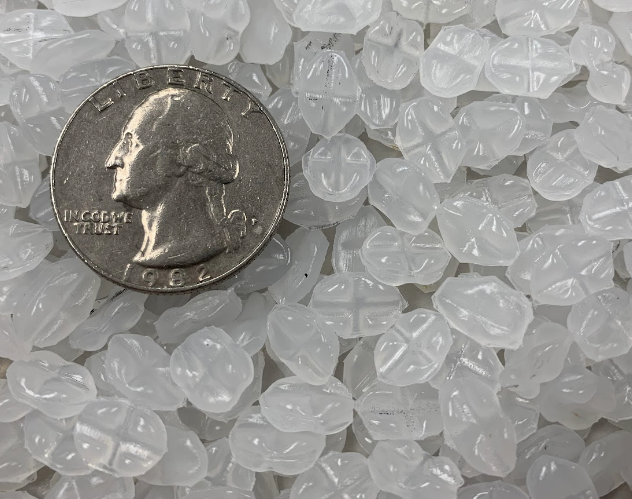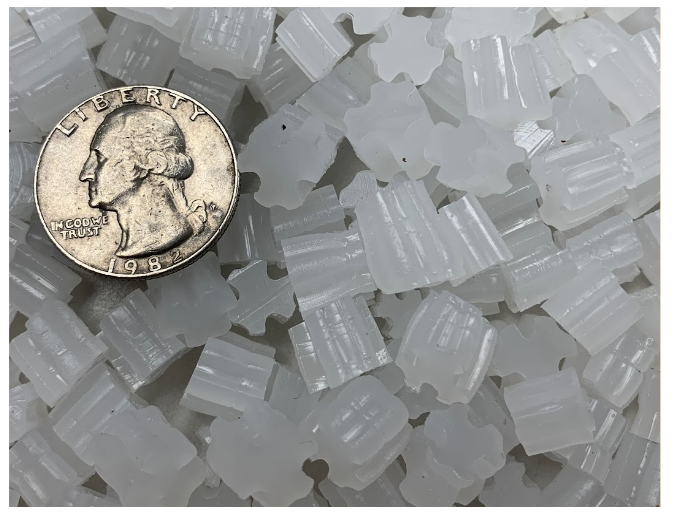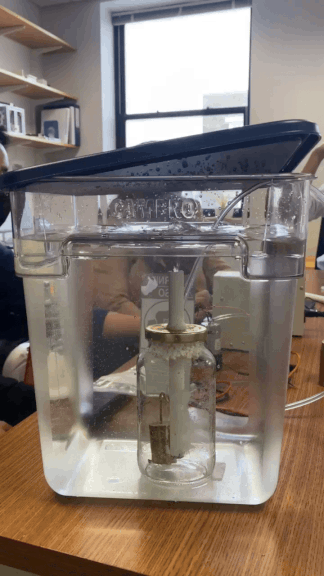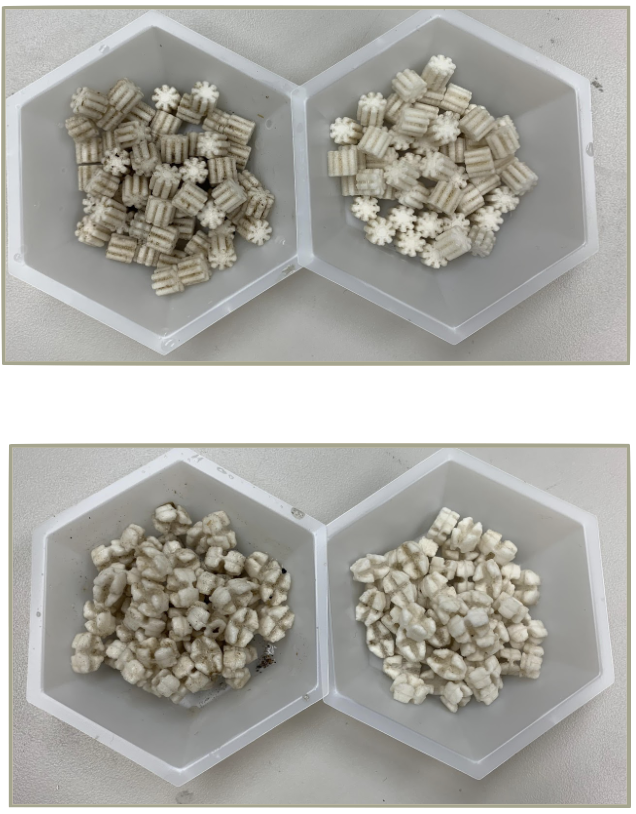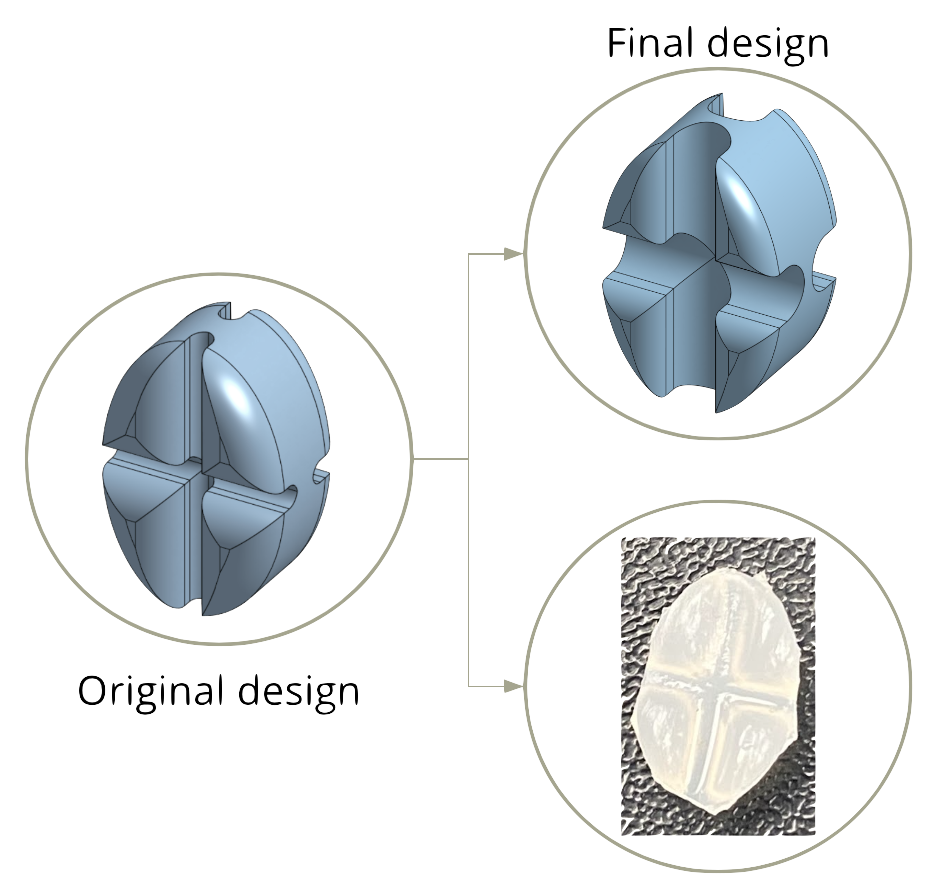
Senior Capstone: Improved Design and Manufacture of Filtering Media for Water Treatment Systems
This project was completed as the senior capstone of my undergraduate degree. Our client, Aquaculture Systems Technologies, LLC. (AST) of Baton Rouge, Louisiana, currently uses an enhanced plastic bead to filter and treat water. These beads are small and can sometimes escape with the filtered waste during washing, introducing plastic waste into the environment. They have a relative density of only 0.91 - 0.93 g/cc, which limits the packing and filtration ability of the beads. Our goal for this project was to develop an improved type of bead that is larger and less dense than the current design, and also contains geometric features that allow for biofilm growth necessary for filtering. Additionally, we had to design a scalable manufacturing method for the beads and provide proof of concept either by implementing the method at BU or through comprehensive modeling.
We were able to successfully develop and manufacture two types of beads — tooth and cog — and test them for biofilm growth and buoyancy. The selected material for these was LDPE due to its low density and it being food-safe, and also because it was easy to procure as a rod for extrusion. The beads were made using an extrusion and stamping process, being manually cut after into the appropriate size.
This project was an insightful exercise in designing for manufacturability, giving me the opportunity to dive into iterative design and quick prototyping. In addition, it also exemplified the challenges of turning a digital concept into a consistent physical item, as variations existed in the produced beads.
Collaborators
Skills
Prototyping
Material Selection
CAD (SolidWorks)
3D Printing (SLA and FDM)
Design for Manufacturing Processes (Extrusion and Stamping)
Design Process
Design iterations were made based on testing the buoyancy and biofilm growth on 3D printed models. These models were printed in foaming PLA to replicate LDPE’s physical properties. The designs were updated for improved biofilm growth (increasing the gaps to maintain growth while allowing water flow through the beads) and to maximise surface area.
Test Filter and 3D-Printed Beads Covered in Biofilm
A corresponding manufacturing setup was then developed for the final designs. Both beads were designed to be extruded from an LDPE rod, with the tooth bead having an additional setup of being stamped to make the surface grooves. The extrusion die was made through wire EDM, and the rollers were made out of a high temperature resin to allow for the complex geometry. There was notable variation between the beads (size and feature definition) as the rod was manually pushed through the die, and post-processing was needed to get the correct bead size from the extrusion result.
Cog Bead Design
Cog Bead Manufacturing Setup and Resulting Beads
Tooth Bead Design
Tooth Bead Manufacturing Setup and Resulting Beads
